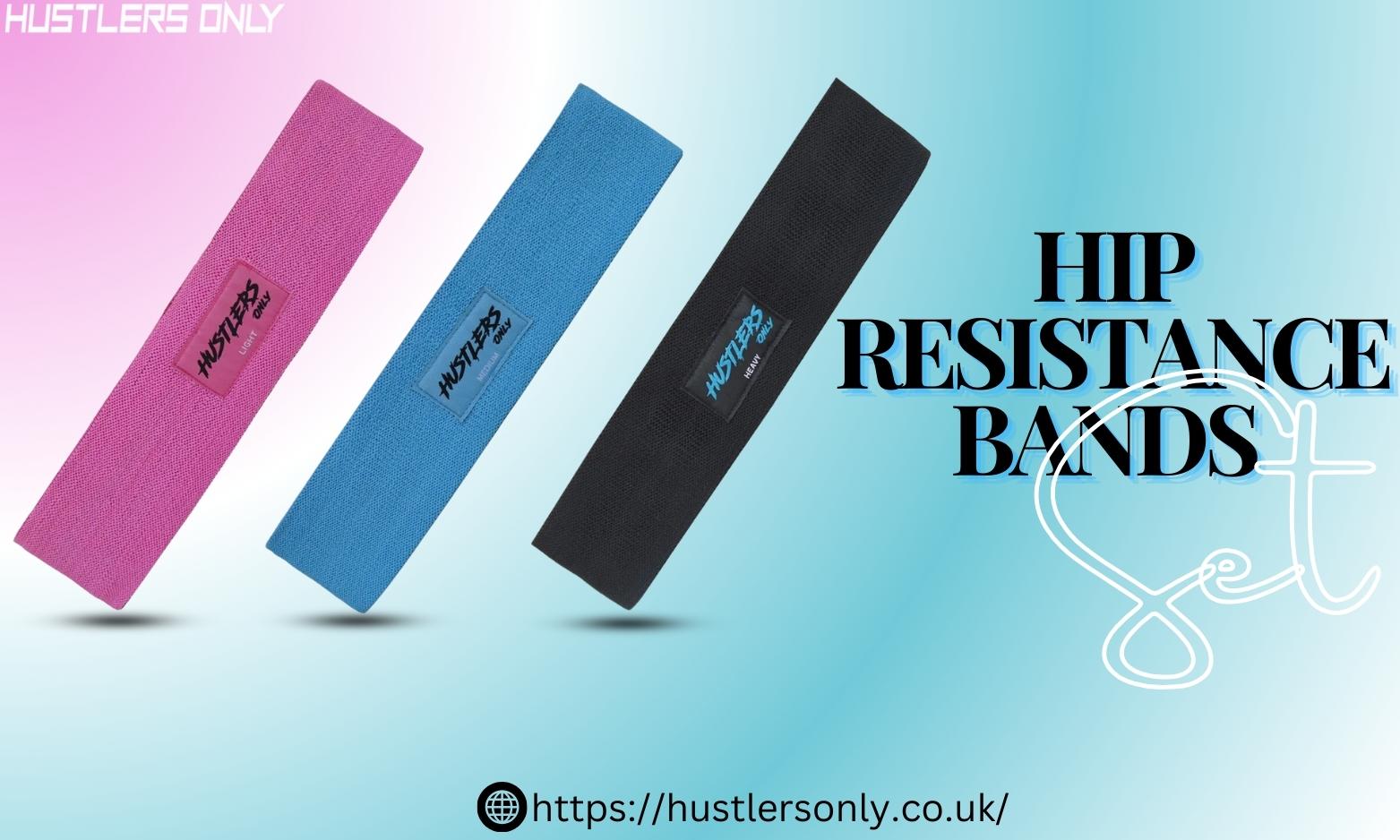In the pursuit of strength and fitness, the versatility of resistance bands is often underestimated. These compact, portable tools offer a unique and effective way to build full-body strength without the need for bulky gym equipment. Whether you’re a seasoned athlete or just beginning your fitness journey, incorporating resistance bands into your workout routine can lead to impressive gains. This article will guide you through the essentials of full body resistance band workouts, providing you with the knowledge and confidence to harness their full potential. Prepare to challenge your muscles in new ways and unlock strength you never knew you had.
Choosing the Right Resistance Bands for Optimal Strength Gains
To maximize your strength gains with resistance bands, selecting the right type is crucial. Consider the material: latex bands are durable and offer excellent elasticity, while fabric bands provide more comfort and stability. Tension levels are another vital factor; beginners might start with light or medium bands, while advanced users can challenge themselves with heavy or extra-heavy bands. Remember, the band should provide enough resistance to feel a challenge in the last few reps without compromising your form.
- Loop Bands: Ideal for lower body exercises such as squats and lunges.
- Tube Bands with Handles: Perfect for upper body workouts, offering a better grip.
- Figure 8 Bands: Great for targeting smaller muscle groups like arms and shoulders.
- Therapy Bands: Best for rehabilitation exercises and improving flexibility.
Ensure your choice aligns with your fitness goals and current strength level. By integrating the right bands into your routine, you can effectively enhance muscle engagement and achieve optimal strength-building results.

Mastering Full Body Techniques for Maximum Muscle Engagement
When it comes to achieving maximum muscle engagement through resistance band workouts, understanding the nuances of full-body techniques is essential. Incorporating these elastic powerhouses into your routine can transform basic movements into comprehensive exercises that target multiple muscle groups simultaneously. Start with compound exercises that utilize more than one joint and muscle group. Squats with shoulder presses, deadlifts with bicep curls, and lunges with lateral raises are excellent choices. These movements not only enhance strength but also improve coordination and balance.
- Squats with Shoulder Presses: Stand on the band with feet shoulder-width apart, holding the handles at shoulder height. As you squat, press the handles overhead, engaging both your lower body and shoulders.
- Deadlifts with Bicep Curls: Step on the band with feet hip-width apart. Perform a deadlift and, as you return to standing, curl the handles towards your shoulders, activating your hamstrings and biceps.
- Lunges with Lateral Raises: Step one foot forward, holding the band handles. As you lunge, lift the handles to the side, engaging your legs and shoulders.
These exercises require stability and core engagement, which are crucial for effective muscle development. Adjust the band’s tension by altering your grip or stance, ensuring the resistance challenges your muscles appropriately. Remember, the goal is to maintain proper form while maximizing resistance to stimulate muscle growth effectively.
Incorporating Resistance Bands into Your Strength Training Routine
Resistance bands are a versatile and effective tool for enhancing your strength training routine. They provide constant tension throughout each movement, targeting multiple muscle groups simultaneously. This makes them perfect for full-body workouts. To get started, consider incorporating exercises such as:
- Squats: Place the band just above your knees and perform squats to engage your glutes, quads, and hamstrings.
- Chest Press: Anchor the band behind you and push forward to work your chest, shoulders, and triceps.
- Deadlifts: Stand on the band with feet shoulder-width apart, holding the ends in each hand. Hinge at the hips to target your lower back, glutes, and hamstrings.
- Rows: Anchor the band at a low point and pull towards your torso to engage your back muscles and biceps.
- Overhead Press: Stand on the band and press upward, working your shoulders and upper back.
By integrating these exercises into your regimen, you can achieve a balanced and comprehensive workout. Remember, the key is to maintain proper form and control throughout each movement. Adjust the band’s tension by changing its length or resistance level to match your fitness goals. Embrace the challenge and elevate your strength training routine with these dynamic exercises!
Avoiding Common Mistakes in Resistance Band Workouts for Best Results
Resistance band workouts are a fantastic way to build strength and enhance your fitness routine, but it’s essential to avoid some common pitfalls to maximize your results. Proper form is crucial; always ensure that you maintain the correct posture and technique to prevent injuries and engage the right muscle groups. Be mindful of the band’s resistance level—select a band that challenges you without compromising your form.
- Skipping Warm-Ups: Always start with a warm-up to prepare your muscles and joints.
- Ignoring Breathing Techniques: Coordinate your breathing with your movements to improve performance and endurance.
- Neglecting Progression: Gradually increase the resistance or intensity of your workouts to continue building strength.
- Inconsistent Routine: Establish a consistent workout schedule to achieve noticeable results.
By being aware of these common mistakes and actively working to avoid them, you’ll ensure that your resistance band workouts are effective and efficient, leading to better strength-building outcomes.




